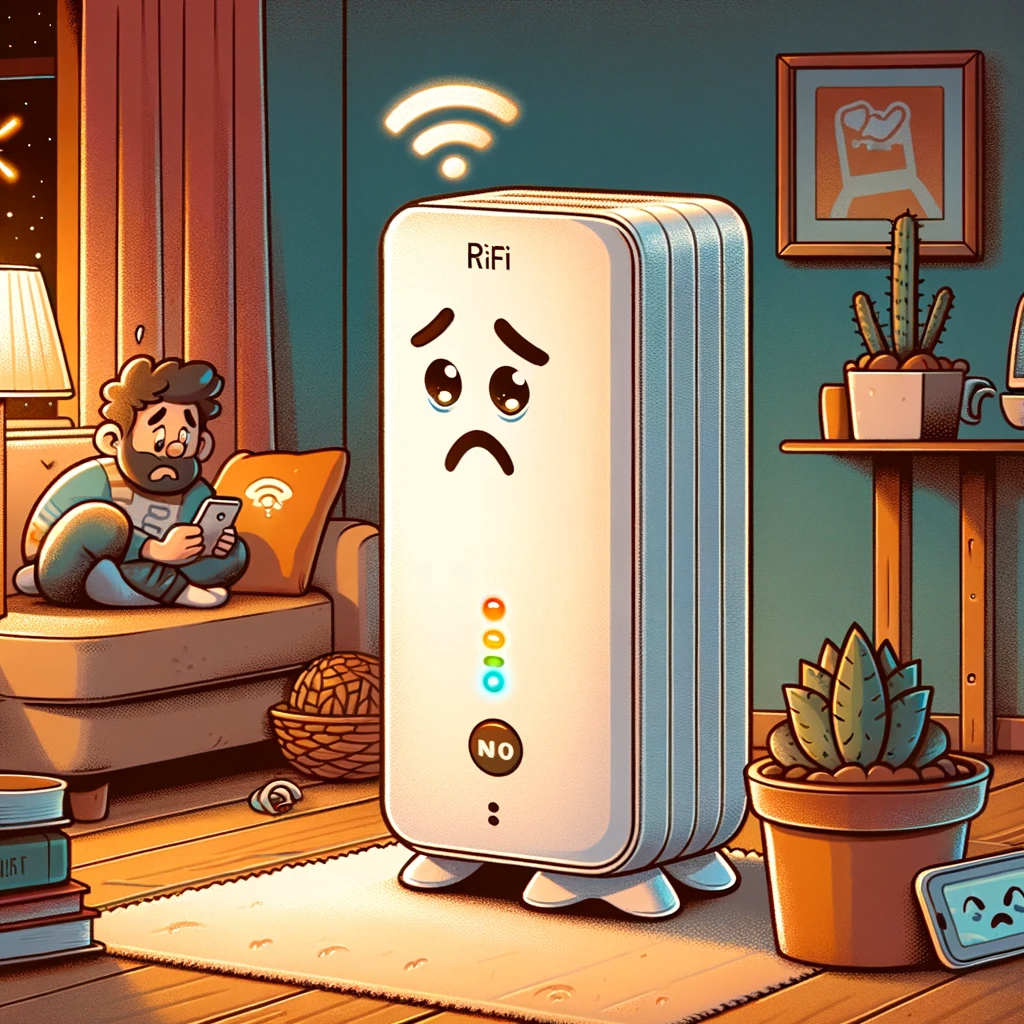Contents
Why Your Wireless Network Needs an Ethernet Backbone to Thrive
Introduction:
Have you ever faced the frustration of slow or unreliable Wi-Fi in your home or office? You’re not alone. The secret to a robust and speedy wireless network lies in an overlooked component: the Ethernet backbone.
Why does your wireless network suck? No ethernet backbone.
Why Ethernet Backbone Matters:
You’ll notice Ethernet cables in many modern buildings, even in places with wireless access points. These cables are more than just physical connections; they are the backbone of a solid wireless network. Here’s why:
1. Stability and Speed:
Imagine your wireless network as a busy highway. Without a solid infrastructure, it’s like having a road full of potholes and detours. An Ethernet backbone acts as this highway, ensuring smooth and fast traffic flow of data. This setup means your devices, like smartphones and laptops, enjoy higher speeds and more reliable connections.
2. Overcoming the Weak Links:
Wireless extenders and standalone Wi-Fi access points seem like convenient solutions, but they’re often the weakest links in your network. When these devices aren’t connected to an Ethernet backbone, they rely heavily on their internal radios. It’s like asking a single traffic cop to manage an entire city’s traffic – it’s inefficient and leads to congestion.
When we see clients that have many wireless extenders plugged into electrical outlets that do NOT have ethernet, we know immediately how to fix it. If the access point isn’t connected to the Ethernet backbone, it must use its radios for the wireless back-haul in a wasteful manner. Because no ethernet cable is giving it the source (internet), it must utilize its radios to make that connection before it even dreams about passing the internet to your device.
3. The “Copy of a Copy” Phenomenon:
Each wireless extender without an Ethernet connection can halve your network’s efficiency. It’s like making a photocopy of a photocopy; the quality degrades with each iteration. Connecting these devices directly to an Ethernet source maintains your internet connection’s original ‘quality.’
Here is some scientific proof: https://ieeexplore.ieee.org/document/8718141/references#references
Real-World Impact:
In my experience, over 90% of customer calls with internet issues stem from a lack of Ethernet infrastructure. Once we introduce an Ethernet backbone, the improvement in network performance is both immediate and significant.
How to Upgrade Your Network:
Upgrading to an Ethernet-backed wireless network might sound daunting, but it’s feasible for most homes and offices. Consider consulting with a professional to plan the layout and installation.
If you’ve found an excellent low-voltage or AV company, they will offer you different speeds of ethernet cables and will know the differences. We install cat8 so that all our clients are future-ready for 10G.
Now, some “Tech Guy” will tell you (the customer) that it’s overkill and you don’t need that speed.
So just to be transparent to the assholes who think you don’t need or deserve the extra speed, let’s make one thing clear.
FACTS:
(this stuff is unethical to install) cat5e frequency 100mhz
cat6 frequency 250mhz
cat8 frequency 2000mhz
The current highest ethernet cable standard used in data centers, homes, and offices and is very popular online, is cat8 like here:
https://www.amazon.com/stores/DbillionDa/CAT8CABLE/page/8253B87E-4E19-4D43-BEEE-89012CD1984D
Remember, we DO NOT accept payments from companies to recommend their products.
We take these to every client location.
Conclusion: Why does your wireless network suck? No ethernet backbone.
Embracing an Ethernet backbone might be the game-changer your wireless network needs. If you’re tired of the spinning loading icon or the dreaded ‘no internet’ message, it might be time to rethink your network setup.
Defend Your Domain: Master DNS Security with DMARC, SPF, and DKIM
https://www.machelpnashville.com/dns-security-with-dmarc-and-spf-a-comprehensive-guide-to-stop-hackers/
